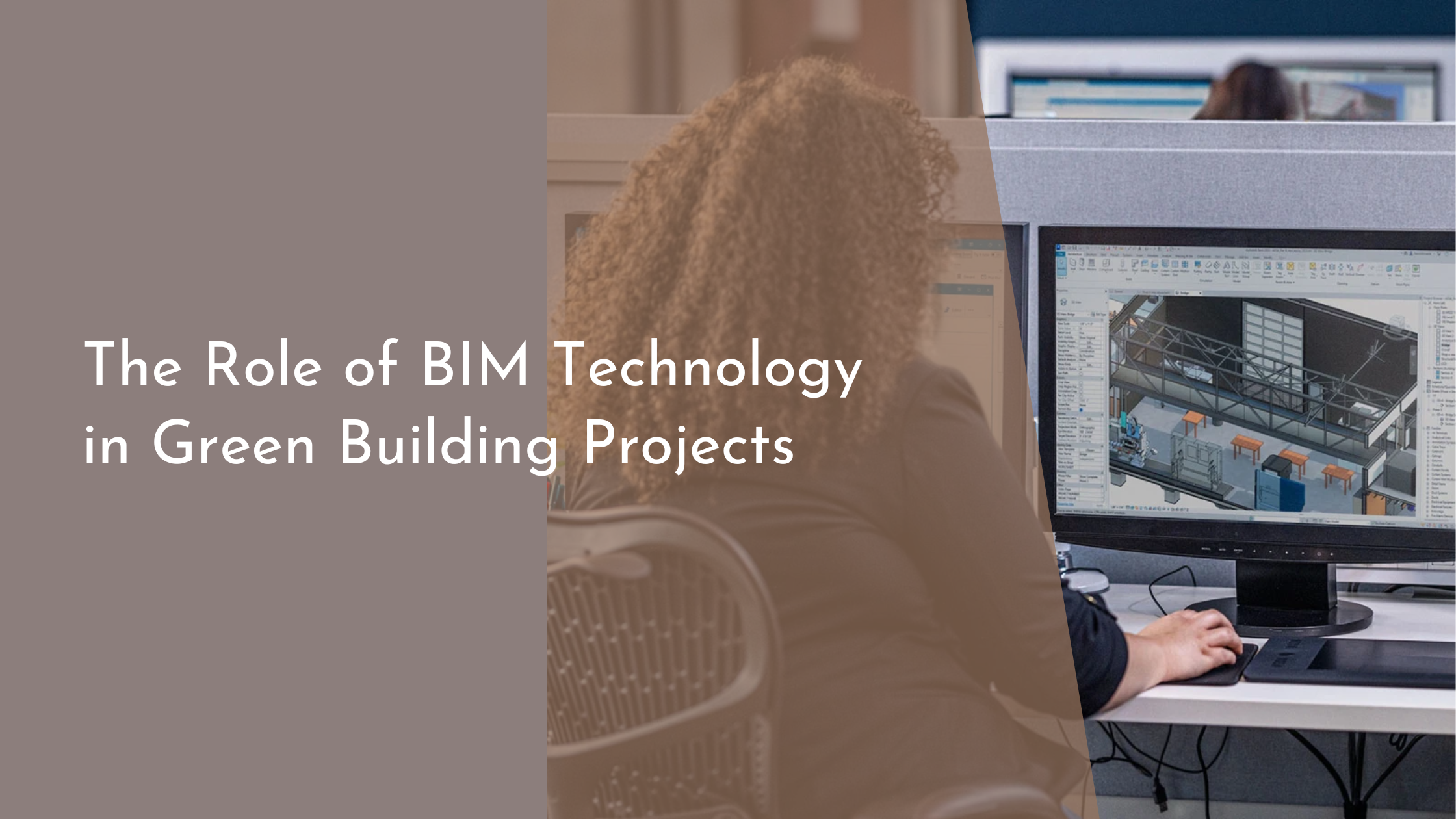The Role of BIM Technology in Green Building Projects
In the evolving landscape of architecture, engineering, and construction, green building projects are becoming increasingly integral to sustainable development goals. At the heart of this transformation is Building Information Modeling (BIM) technology, which serves as a crucial tool for creating environmentally responsible and resource-efficient buildings. By leveraging BIM, architects and engineers are not only able to optimize the design and construction processes but also enhance the sustainability of the built environment. Let’s delve deeper into how BIM is leading the charge in revolutionizing green building projects.
Understanding BIM: A Catalyst for Green Design
Building Information Modeling (BIM) is a digital representation of the physical and functional characteristics of a facility. This technology provides a comprehensive platform for integrating various aspects of building design, from spatial relationships to light analysis, and energy efficiency. By allowing for the simulation and visualization of a building’s performance, BIM becomes an essential catalyst for green design. Architects and engineers can use BIM to experiment with different design scenarios, balancing aesthetic appeal with energy-saving features, ultimately arriving at the most sustainable solutions.
What makes BIM truly transformative for green building is its ability to incorporate and analyze a wide array of data. This includes information on materials, geographical orientation, climate impact, and even potential energy consumption. With this data, teams can make informed decisions that align with green building standards, such as LEED or BREEAM. Moreover, BIM’s capacity to simulate how a building will interact with its environment allows for more accurate and sustainable design choices from the onset, significantly reducing the environmental impact of construction projects.
Sustainable Solutions: BIM’s Eco-friendly Features
BIM technology contributes to the sustainability of construction projects through its advanced eco-friendly features. One of the key features is its ability to perform energy modeling and analysis, which helps identify the most energy-efficient systems and materials. By simulating different energy scenarios, BIM can predict a building’s energy usage and carbon footprint, enabling designers to optimize systems for better energy performance. This not only reduces the operational costs of a building but also diminishes its environmental impact.
Another significant eco-friendly feature of BIM is its capacity for material optimization. BIM allows teams to meticulously plan the use of resources, minimizing waste through precise material quantification and procurement. This precision ensures that only necessary materials are used, reducing excess and promoting the use of sustainable materials. Additionally, BIM can incorporate lifecycle assessment (LCA) data, which evaluates the environmental impacts associated with all stages of a building’s life, further supporting sustainable decision-making.
Collaboration Boost: BIM Enhances Team Efficiency
BIM fosters enhanced collaboration among project stakeholders, which is essential for the success of green building projects. By providing a centralized digital platform, BIM ensures that architects, engineers, contractors, and clients are all working from the same data set. This shared information facilitates real-time collaboration and communication, reducing misunderstandings and errors that can lead to resource wastage or environmentally detrimental construction practices.
Moreover, BIM’s collaborative capabilities extend beyond mere data sharing. Its clash detection feature identifies potential design conflicts before construction begins, allowing teams to resolve issues early in the process. This proactive approach minimizes costly changes during the construction phase and ensures that sustainable practices are maintained throughout the project lifecycle. By enhancing team efficiency, BIM not only contributes to the timely delivery of projects but also supports the overall sustainability goals of green building projects.
Future Outlook: BIM’s Promise in Green Construction
The future of BIM in green construction looks incredibly promising, as technology continues to advance and the demand for sustainable buildings grows. Innovations such as cloud-based BIM platforms and the integration of artificial intelligence are set to revolutionize how we approach green building projects. These advancements will further enhance BIM’s capabilities in energy simulation, predictive maintenance, and resource optimization, leading to the creation of even more efficient and sustainable buildings.
Additionally, as sustainability regulations become stricter worldwide, BIM is likely to play an even more pivotal role in ensuring compliance with green building standards. The ability to model and analyze the environmental impact of different design choices will become increasingly valuable, providing a competitive edge for firms that leverage BIM technology. As the industry moves towards a more sustainable future, BIM will undoubtedly remain at the forefront of this transformation, driving innovation and efficiency in green construction.
In conclusion, embracing BIM technology in green building projects is a vital step towards achieving a sustainable future. By offering a comprehensive platform for design, analysis, and collaboration, BIM not only enhances the efficiency of construction projects but also ensures their environmental responsibility. As we continue to prioritize sustainability in the built environment, BIM will remain an indispensable tool, guiding us towards a greener, more resource-efficient tomorrow.

